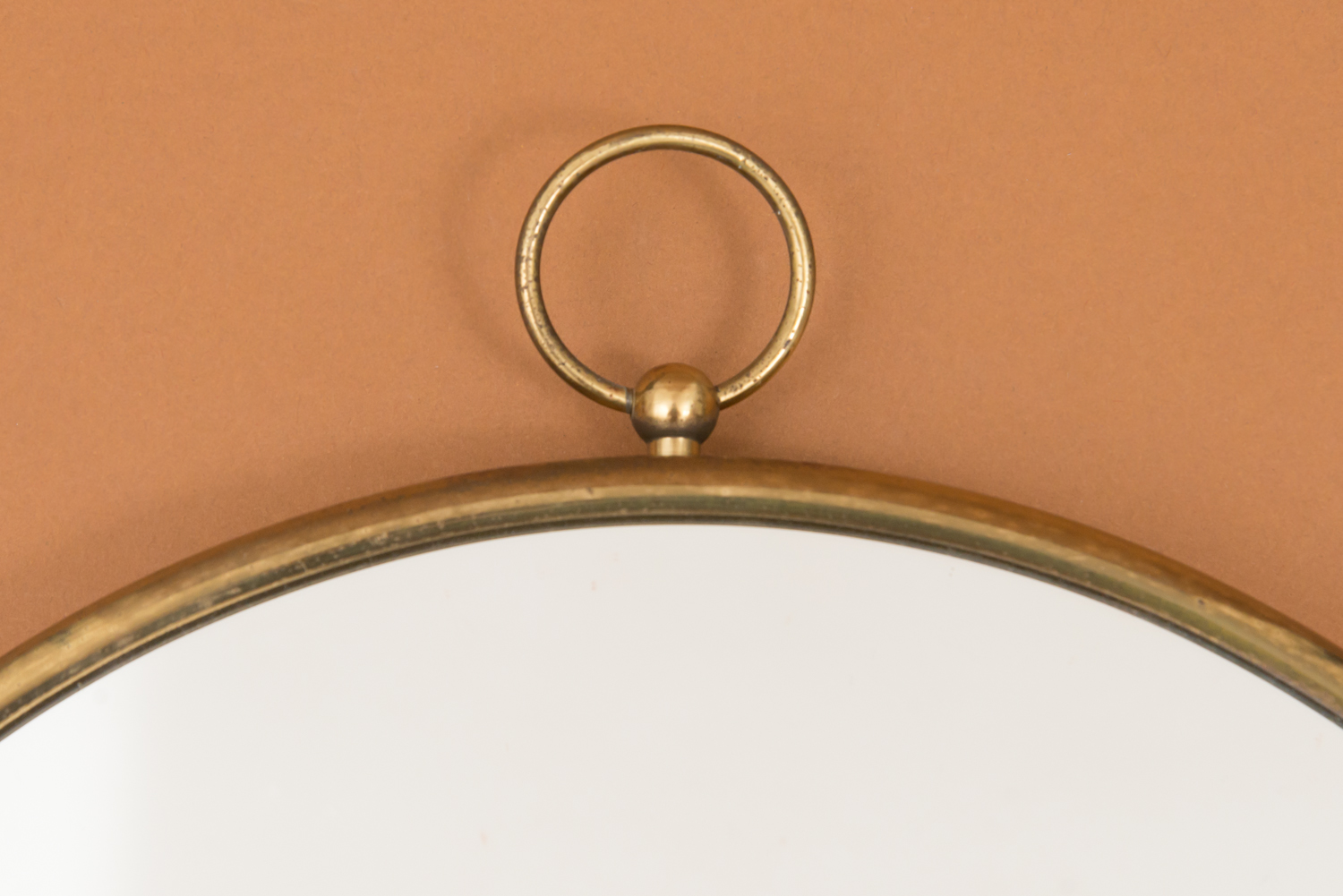Lampe, Dante Baldelli






Lampe, Dante Baldelli
Lampe constituée d’un vase à décor marin fragmenté en faïence émaillée
Dante Baldelli (1904-1953)
Circa 1950
Signé au revers
H 30 x Diam 14 cm
Excellent état
Lamp made from a vase with fragmented marine enameled earthenware decoration
Dante Baldelli (1904-1953)
Circa 1950
Signed
H 30 x Diam 14 cm
Excellent condition
Dante Baldelli est actif entre les deux guerres en tant que directeur artistique des Ceramiche Rometti avant de s’établir à son compte en 1946 à Città di Castello près d’Arezzo. Celui-ci déploie un vocabulaire teinté de futurisme, le grand mouvement de l’avant-garde italienne et il ne peut échapper à toute la stylistique néoclassique du fascisme alors qu’il est lui-même un homme de gauche. Il fait donc en sorte de limiter les symboles les plus forts de cette mythologie totalitaire. Les figures tutélaires de la céramique italienne de l’immédiat après-guerre sont celles de Richard Ginori et Gio Ponti qui n’échappent pas non plus à ce répertoire mais lui insufflent des caractères propres conduisant vers ce pontisme qui est un mélange de néoclassicisme et de proto-design.
Le vase et la lampe présentés ici sont des pièces d’un modèle identifiable par son aspect fragmenté au décor marin. Il a été décliné aussi par des fragments contenant des feuillages dans des entourages dorés et cernés de noir. Ces déclinaisons marquent un intérêt nouveau de Dante Baldelli pour le naturalisme.
Dante et son fils Massimo travaillent aussi en collaboration avec des amis artistes fameux tels qu’Alberto Burri ou Piero Dorazio qui leur donnent des occasions de s’orienter aussi vers l’abstraction. A son arrivée, Massimo s’intéresse principalement au graphisme, à la sculpture, à la réalisation de pièces uniques et aux collaborations artistiques. Puis dans les années suivantes, il se concentre davantage sur le design industriel; il rivalise alors en Italie avec de grandes mauvfactures telles que Bitossi, Franco Pozzi et Danese grâce à des créations originales.
Les premières séries sont encore totalement artisanales puis les années 60 voient cette production s’intensifier afin d’être diffusées dans les grands magasins du monde entier : de Bloomingdale’s à Macy’s en passant par Nordiska et Harrod’s. Le travail de Massimo est constant et il oscille entre cette production de masse et les projets sur mesure.La manufacture est reprise à la fin des années 90 par les Ceramiche Arianna et cela demande toujours beaucoup d’implication de Massimo jusqu’à sa mort en 2003.
Dante Baldelli was active between the two World Wars, working as artistic director of Ceramiche Rometti, before setting off on his own in 1946 in Città di Castello near Arezzo. He deploys a vocabulary that is tinged with futurism, the great movement of the Italian avant-garde and yet, while he himself is a man of the left, he cannot escape the neoclassical stylistics of fascism either. In his work, he tried to limit use of only the strongest symbols of this totalitarian mythology. The key figures of Italian ceramics in the immediate post-war period are Richard Ginori and Gio Ponti, who are not exempt from this repertoire either, but they create a very specific style, successfully mixing neoclassicism and proto-design.
The vase and the lamp presented here are from a model identifiable by its fragmented style and marine details. The model was also declined with fragments containing foliage, surrounded by either gold or black. These variations mark Dante Baldelli’s newfound interest for naturalism.
Dante and his son Massimo worked in collaboration with famous artist friends, such as Alberto Burri and Piero Dorazio, who pushed them also towards abstraction. At first, Massimo is mainly interested in graphic design and sculpture, as well as the production of unique pieces and artistic collaborations. In the following years, he focuses more on industrial design, eventually focusing on original creations that compete with works from important manufacturers such as Bitossi, Franco Pozzi and Danese.
The first series are totally artisanal; the 1960s see his production intensify. It is even distributed in department stores around the world, from Bloomingdales to Macy's and even Harrod's. Massimo's work is constant and he oscillates between mass production and custom-made projects. At the end of the 90s, Ceramiche Arianna overtakes manufacturing; they still had considerable input from Massimo until his death in 2003.










